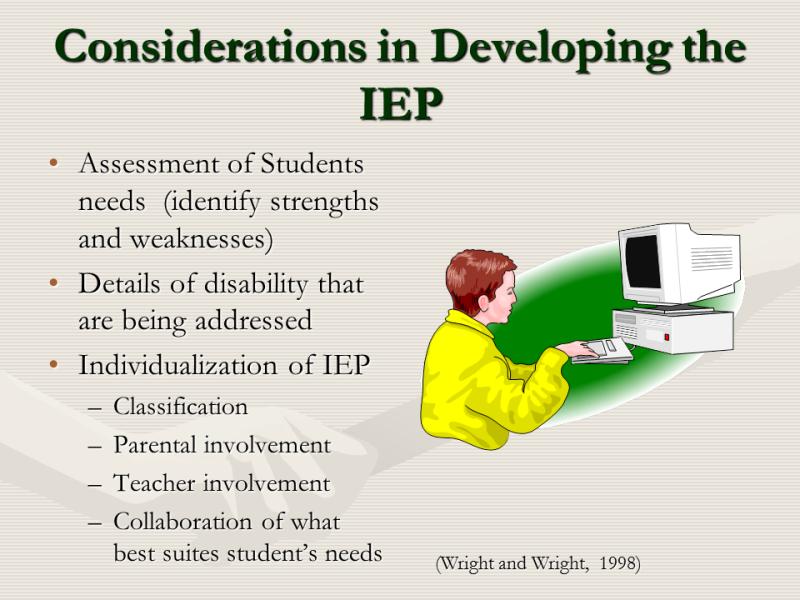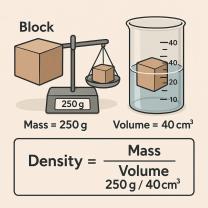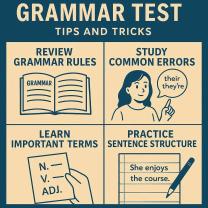What does IEP mean?
An Individualized Education Program (IEP) is a legally mandated document in the United States that outlines the educational program and services designed to meet the unique needs of a student with a disability. The IEP is developed collaboratively by a team that includes the student's parents or guardians, teachers, special education professionals, and sometimes the student themselves if appropriate.
Here's an overview of the key aspects of an IEP:
Meaning:
Individualized: The IEP is tailored to address the specific educational needs of an individual student. It recognizes that each student with a disability is unique and requires a personalized approach to learning.
Education: The IEP focuses on the educational services and support that a student with a disability needs to participate in the general education curriculum and make progress in school.
Program: The IEP outlines the special education and related services that the student will receive to support their learning and development.
Significance:
Legal Mandate: The creation and implementation of IEPs are mandated by the Individuals with Disabilities Education Act (IDEA), a federal law in the United States that ensures students with disabilities have access to a free and appropriate public education (FAPE).
Collaborative Process: Developing an IEP is a collaborative process involving input from parents, teachers, special education professionals, and other relevant individuals. The goal is to create a comprehensive plan that addresses the student's unique needs.
Guiding Document: The IEP serves as a guiding document for the student's educational journey. It details the student's current levels of performance, annual goals, the specific services and accommodations they will receive, and how progress will be measured.
Regular Review and Update: IEPs are not static; they are regularly reviewed and updated. The IEP team meets at least annually to assess the student's progress, adjust goals and services if necessary, and ensure that the educational plan remains appropriate.
Transition Planning: For students approaching the age of 16 (or younger, if determined appropriate), the IEP includes a focus on transition planning, preparing the student for post-secondary education, employment, and independent living.
Overall, the IEP is a critical tool in ensuring that students with disabilities receive the necessary support and services to participate in education on an equal basis with their non-disabled peers.
IEP stands for Individualized Education Program.
The full form of the acronym IEP is Individualized Education Program.
The term IEP in education refers to a legal document mandated by the Individuals with Disabilities Education Act (IDEA) that outlines the specific educational needs and goals for a child with a disability. It is developed collaboratively by parents, teachers, and other educational specialists to ensure that each child receives the individualized instruction and support they need to succeed in school.











